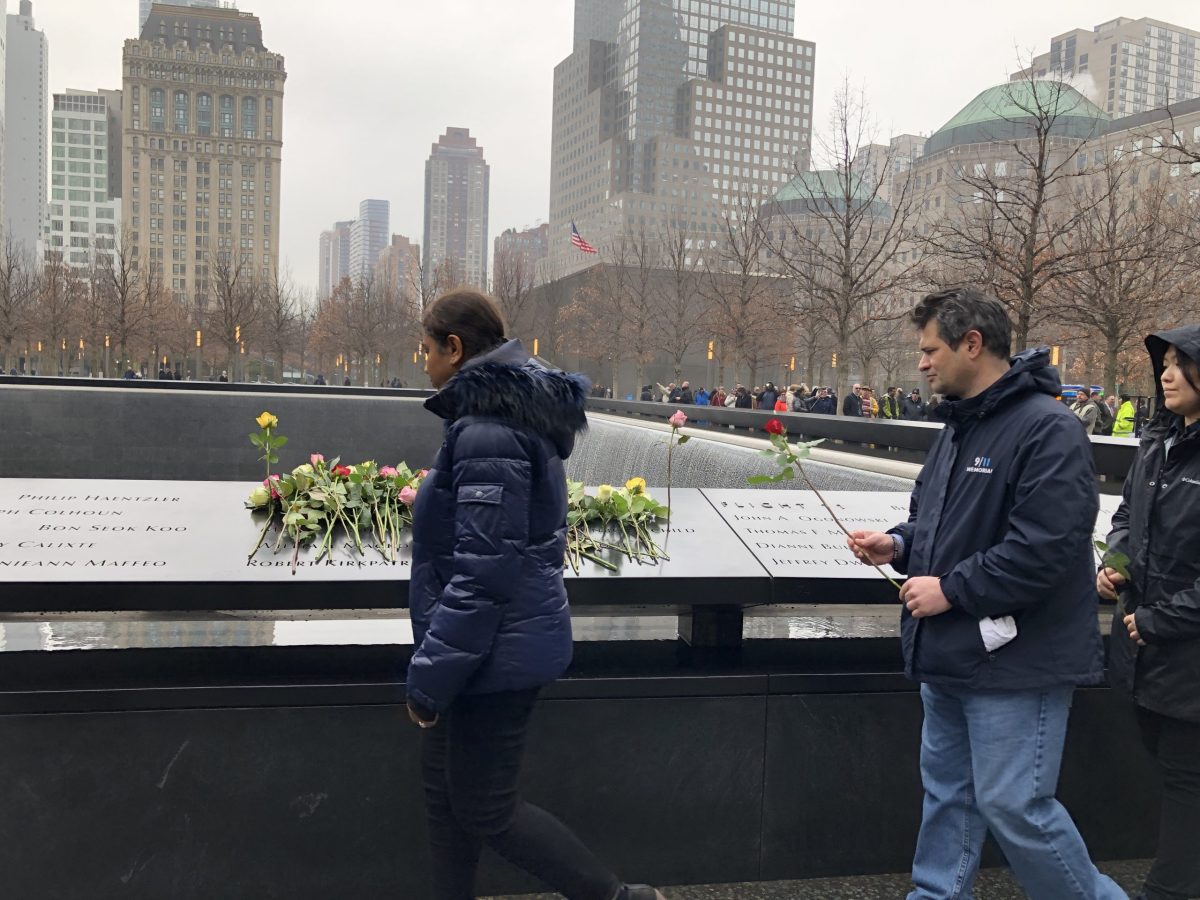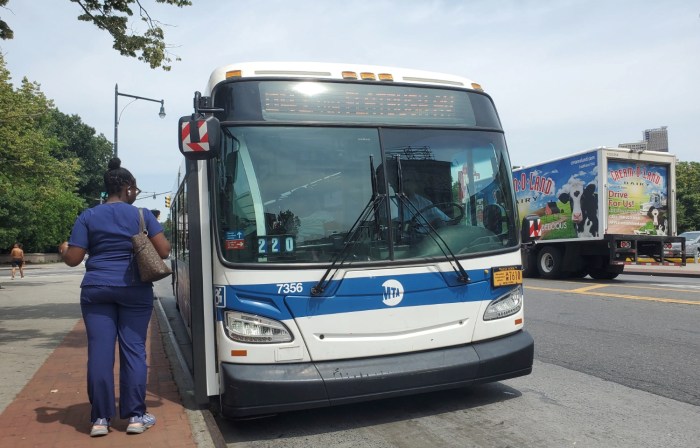It was a somber afternoon outside of the Freedom Tower as the 1993 World Trade Center bombing victims were remembered on the 27th anniversary of the terror attack which killed six and injured over 1,000.
Police pipe bands joined family and friends of John DiGiovanni, Robert Kirkpatrick, Stephen Knapp, William Macko, Wilfredo Mercado and Monica Rodriguez Smith in marching to the 1993 memorial section of the north reflecting pool at the World Trade Center, commemorating the exact minute when that parking garage truck bomb took their lives at 12:18 p.m. those years ago.
The first terror attack on the World Trade Center is anything but a forgotten piece of history as surrounding crowds of passersby that were not involved in the ceremony gathered in solidarity with the victims’ loved ones as they, with FDNY, PAPD, and NYPD laid flowers on the memorial, some saluting those lost.
“It’s terribly important that we not forget the innocent people who were killed by terrorists here at this site in 1993,” said Alice Greenwald, President and CEO of the 9/11 Memorial & Museum, who also spoke during the ceremony.
“We owe those people the obligation of remembering them,” she added, also noting that one of the victims, Monica Rodriguez Smith was killed while pregnant.
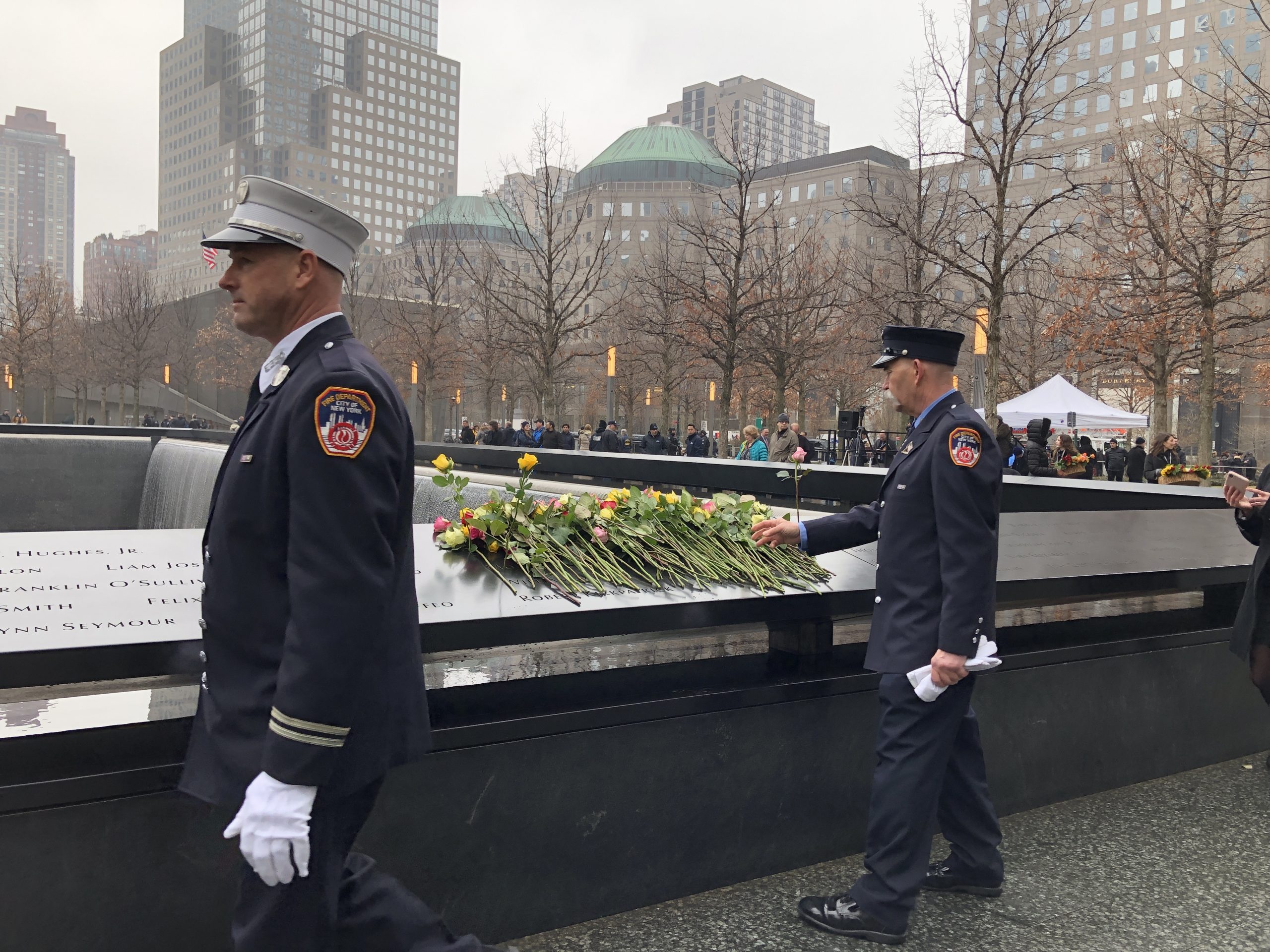
(Alex Mitchell)
The 1993 bombing inevitably thought emergency personnel tactics and polices which were used on 9/11, according to Greenwald.
“There were several impacts as a result of the 93 bombing that actually saved lives eight years later,” she said, explaining that structural improvements were made to the Twin Towers along with evacuation protocol improvements such as fluorescent stairwell lighting and the provision of evacuation chairs for those with disabilities in addition to other methods put into place.
Greenwald also explained that the ’93 attack heightened emergency preparedness of those working at the World Trade Center.
“There was a sense of having practiced in an emergency and people went into autopilot,” the CEO said, mentioning that many who endured the 1993 attack didn’t wait for a formal evacuation order on 9/11.
“That instinct to leave saved lives,” Greenwald said.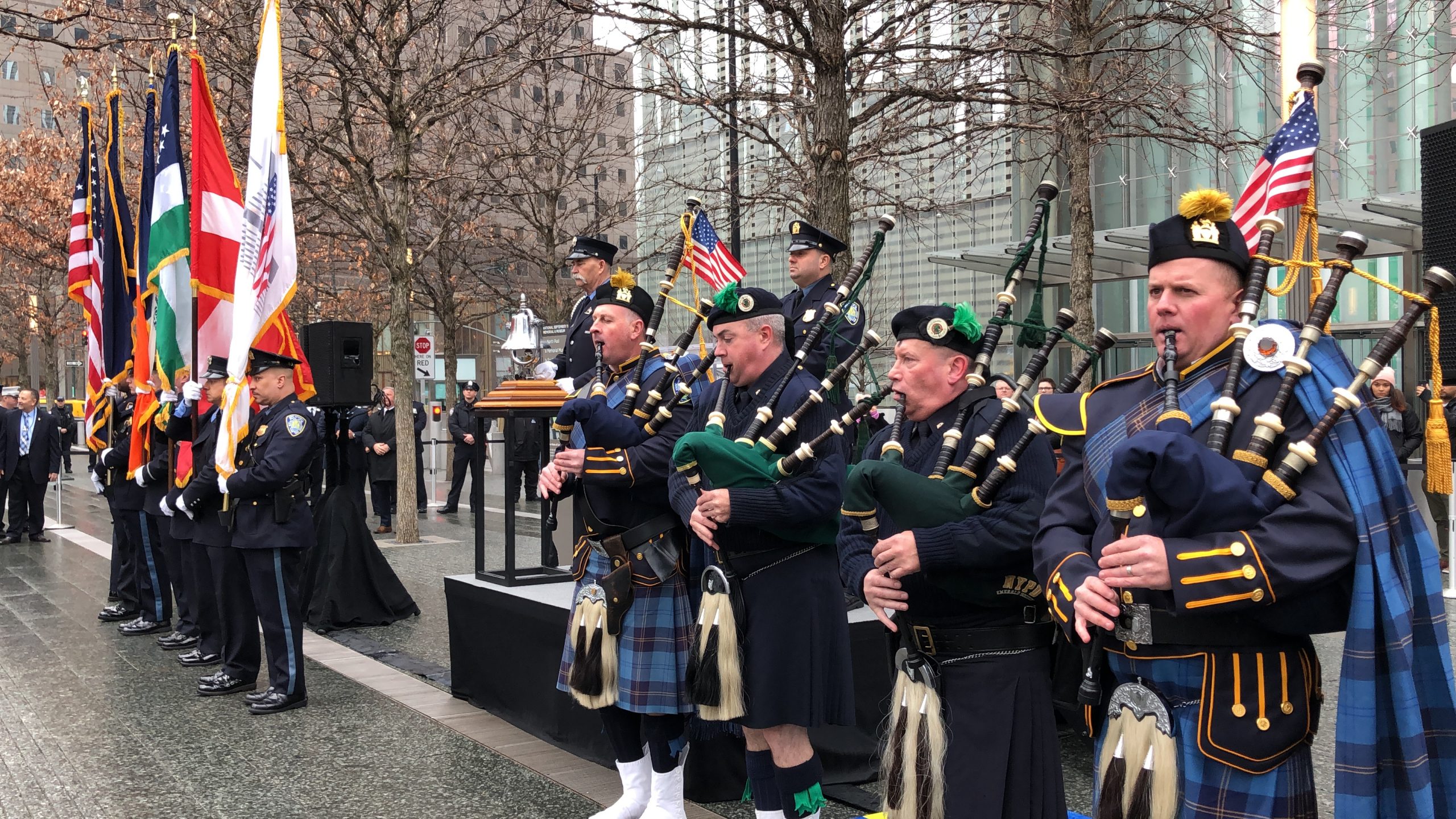 The 1993 bombing’s mission was also to destroy both towers, per the plot of the terrorist mastermind Ramzi Yousef, who was captured while in the midst of a separate plot to bomb at least 11 US international flights and had worked on a planned assassination of Pope John Paul II, according to FBI archives and other databases.
The 1993 bombing’s mission was also to destroy both towers, per the plot of the terrorist mastermind Ramzi Yousef, who was captured while in the midst of a separate plot to bomb at least 11 US international flights and had worked on a planned assassination of Pope John Paul II, according to FBI archives and other databases.
Yousef’s World Trade Center scheme was to have the truck bomb that detonated in the North Tower below ground parking garage cause the building to collide into the South Tower, brining them both to the ground.
The bombing ended up leaving 100-foot crater that was “several stories deep and several more high,” in downtown Manhattan.
Months after, FBI agents also raided a warehouse in Queens and caught several members of a terrorist cell in the act of assembling bombs, according to the bureau.
It was also some associates of Yousef’s terror cell that continued their work as conspirators of the events on 9/11.
Former FBI Counter Terrorism Chief and later World Trade Center Security Chief John O’Neill, who was killed on September 11th was convinced that another attack on the World Trade Center would come after the 1993 bombing.
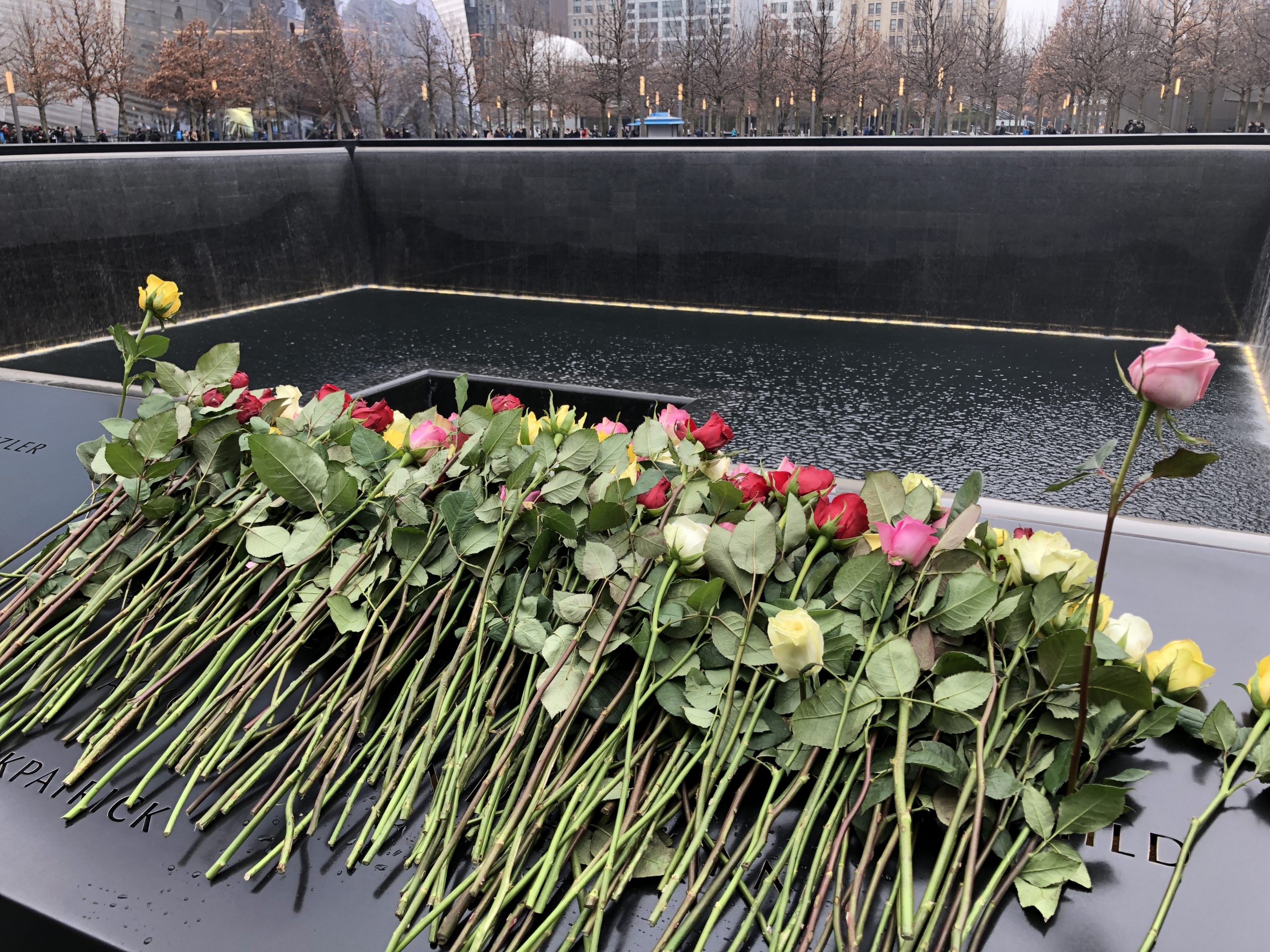
(Alex Mitchell)



